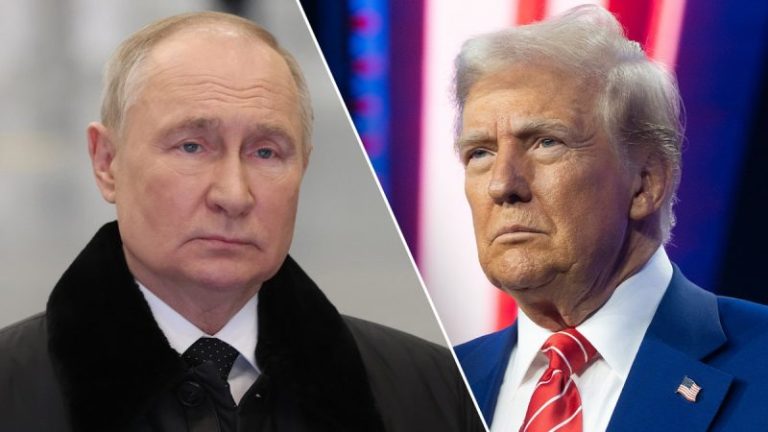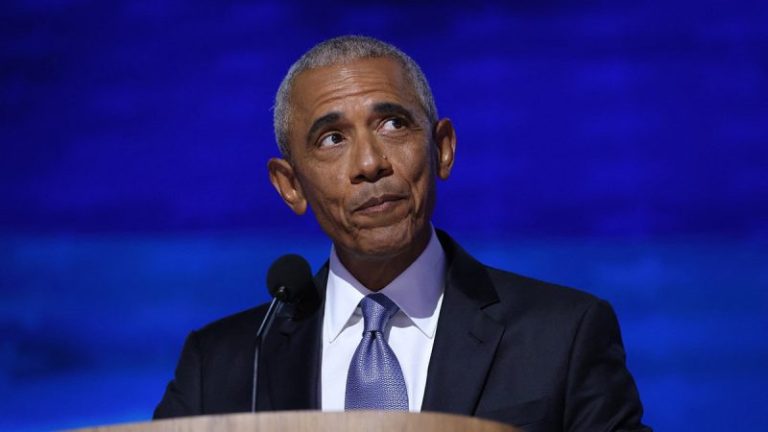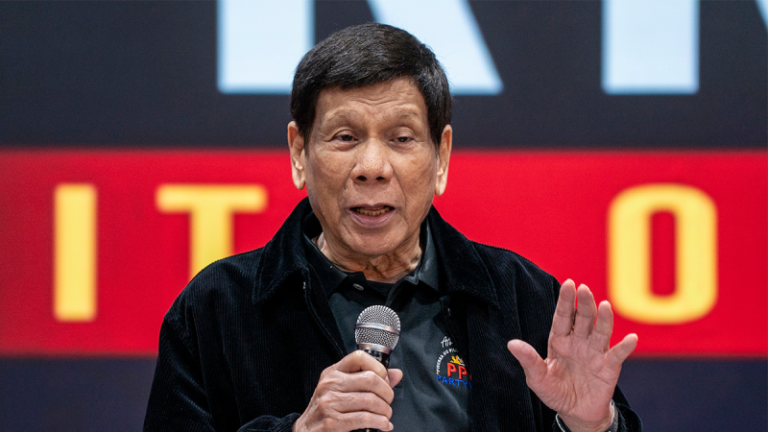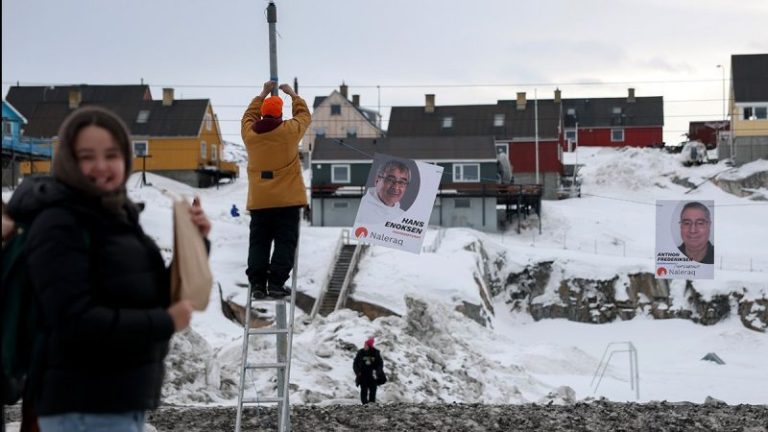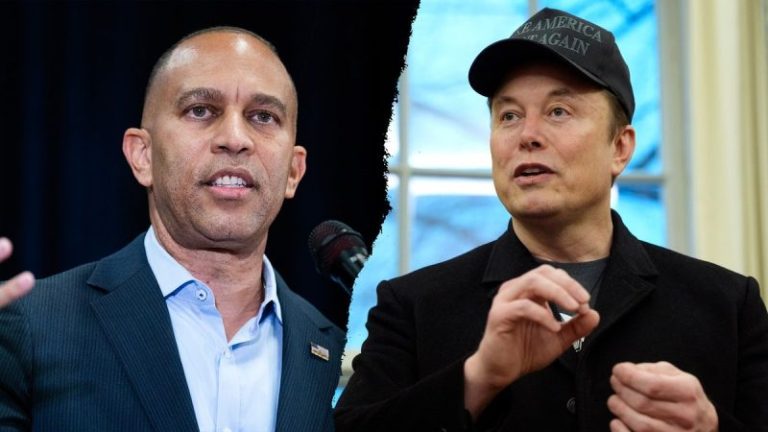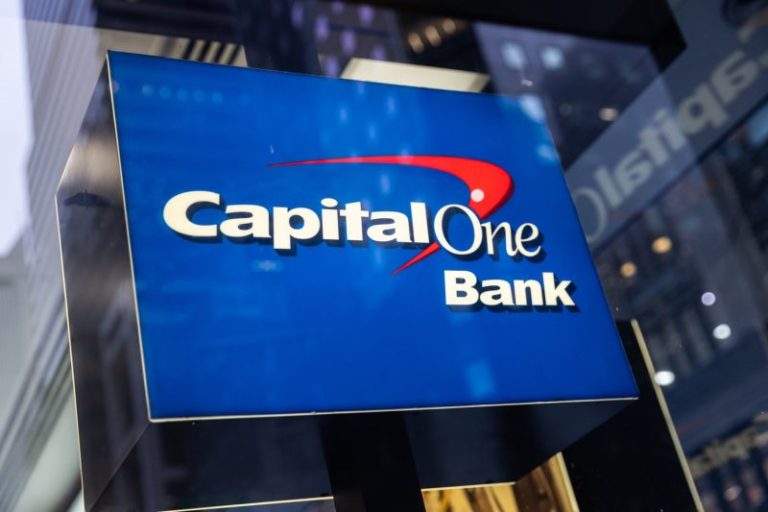Don’t let mainstream media’s reaction to President Donald Trump’s Oval Office meeting with Ukrainian President Volodymyr Zelenskyy misinform. If Trump’s first-term foreign policy serves as any indication of how ‘pro-NATO’ and ‘anti-Russian’ his second-term foreign policy will be, the record is overwhelmingly pro-NATO and anti-Russian.
Regardless of criticism – mostly by perennial Donald Trump critics – the president is no friend to Russia and his first term substantively reflects that.
As a former military officer and diplomat who served in Eastern Europe during the majority of Trump’s first term, I witnessed first-hand the tangible, unrelenting and effective anti-Russian and pro-NATO policies he directed American diplomats to communicate, influence and implement.
The following is a list of specific foreign policies I witnessed and supported under from 2017 to 2020.
Increasing NATO countries’ military spending to greater than 2% GDP
This policy was of the highest priority for military diplomats serving in NATO countries. The quantifiable policy was customized based on the specific military modernization needs of each NATO country. In the country I served in, Bulgaria, the policy resulted in the Bulgarian parliament approving the purchase of eight U.S. F-16 jets to the price of more than $1.3 billion as Bulgaria’s Air Force required drastic modernization.
A more modernized and capable NATO (steered by American diplomatic pressure) focused on increased military spending… not good for Russia.
Lethal aid to Ukraine
Under President Trump – and in stark contrast to President Barack Obama’s Ukrainian policy – the U.S. provided lethal aid to Ukraine in the form of Javelins, aka tank killers. Javelins enabled the Ukrainians to gain a fighting chance on the eastern front of the conflict where they were historically losing. Ukrainian military attaches, whom I befriended and worked closely with during my time in Bulgaria, often embraced me and said, ‘Thank you, brother, we finally have a chance on the eastern front.’
A more capable and modernized Ukrainian military armed with Javelins… not good for Russia.
Largest expulsion of Russian diplomats in U.S. history
Following the poisoning of Sergei and Yulia Skripal in Salisbury, United Kingdom, in 2018 by Russian agents, Prime Minister Theresa May implored President Trump to take a strong and symbolic diplomatic stance in support of Britian and in stern rebuke of Russia. Trump replied, ‘What can I do?’
In addition to 60 Russian diplomats being declared persona non grata and forced to leave the U.S., Trump ordered the permanent closure of the Russian Consulate in Seattle, Washington. On the international front, U.S. embassies all over the world further influenced local diplomatic action, resulting in several expulsions of Russian diplomats.
Ordering the largest Russian diplomatic expulsion in U.S. history… not good for Russia.
Sanctioned Russian gas pipeline Nord Stream 2
In December 2019, Trump formally sanctioned all companies involved with the construction of the Nord Stream 2 pipeline, which sought to transport Russian fuel directly from Russia into Germany via the Baltic Sea.
Trump, in an overarching diplomatic strategy to weaken Russian influence in Europe, began shaping the issue during a NATO breakfast in Brussels in 2018 when he openly stated, ‘Germany is totally controlled by Russia,’ adding the construction of the pipeline was ‘bad for NATO.’ Ultimately the pipeline never became operational, and Nord Stream 2 declared bankruptcy in 2022, laying off all 106 employees.
Spearheading the demise of Russian fuel expansion into Germany… not good for Russia.
Whenever I hear the baseless criticisms of Trump’s foreign policy – particularly the thoughtless pro-Russian accusations – I wonder if the critics have any inclination to educate themselves on his actual policies, which were anything but friendly to the Russian government.
As the president accurately stated in his address to Congress, Democrats would not be happy if he found a cure for the deadliest disease; the same can be said of his foreign policy critics. Coincidentally, the only U.S. presidential term Putin has not invaded a foreign country, dating back to 2008, was during Trump’s first term.
President Trump… not good for Russia.

